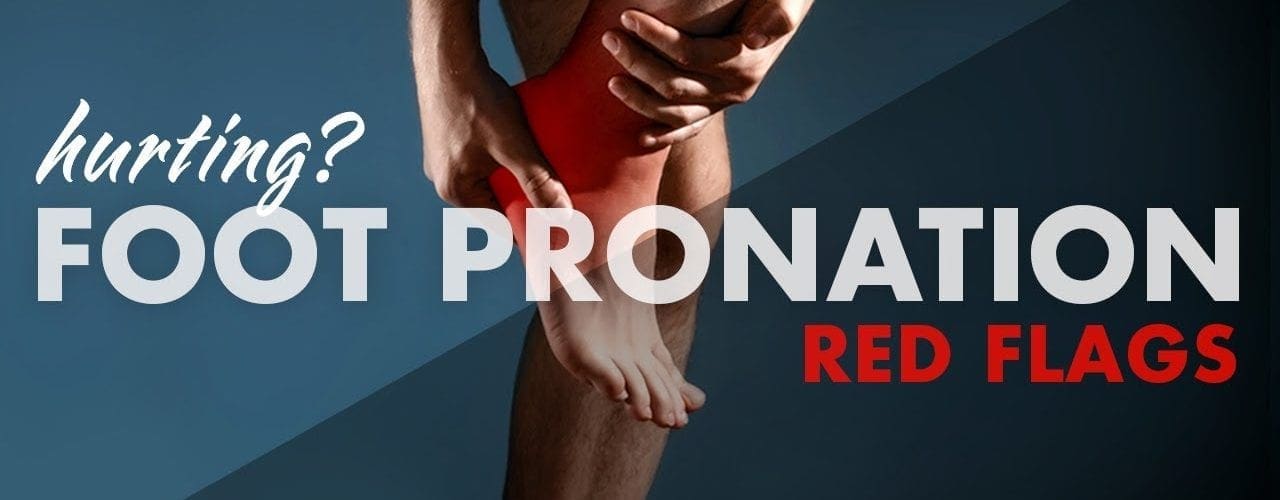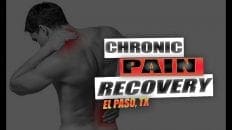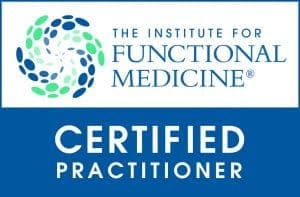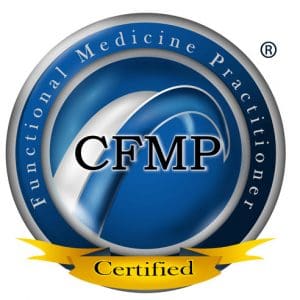Foot pronation is common and affects many people. However, most people are not aware that they are pronating their feet when they walk. This issue is best to get corrected to avoid added strain and stress on the bones and joints. There are five different ways to tell if an individual has foot pronation. When someone walks with their toes consistently flaring out, or pointing with their big toes more to the side rather than directly in front of them, they are pronating their feet. This can occur when one set of muscles becomes larger and more dominant over the other. In turn, this causes the individual to have an internal knee rotation. Another way to tell if someone pronates their feet is to look at the foot, knee, and hip. If all three of these are in a straight line, that is a good sign. However, in someone who pronates their feet, the foot to knee to hip ratio will not be straight, but more of have a slight curve. Another way to tell if an individual is pronating their feet is to look at them standing barefoot. If their arches have decreased height or appear to be flat, this is a sign of pronation. Lastly, if a patient always wears through the heels of their shoes first. This is a classic sign of pronation showing us that the weight distribution throughout the foot is highly uneven. One of the best ways to fix pronation is to get proper arch support in the shoes. For optimal results, a 3-D scan is needed. This scan will assess the places you are putting pressure on your feet as well as the differences you have in your arches. This will also provide a report showing the alignment of the ankles, knees, hips, and spine without proper arch support. This scan allows the scientists over at footlevelers to create foot orthotics that are custom 3-D printed to each foot. These 3-D arches will help to provide support in the medial, lateral, and anterior transverse arch. Every individual is different and so are their feet. By getting custom printed orthotics patients are being set up for optimal results and true success. Dr. Alexander Jimenez has the ability to scan patients’ feet, assess the situation, and provide these custom orthotics to his patients. – Kenna Vaughn, Senior Health Coach
[00:00:14] There are five red flags or signs of pronation.
[00:00:18] If these signs are ignored and left untreated, foot problems can adversely affect your entire body. This is a perfect example of how pronation can affect the entire body moving from the ground up. A person who shows signs of pronation can have imbalances throughout the body, including internal knee rotation, pelvis tilt and dropped shoulder. This imbalance can lead to larger issues like pain. Foot flare.
[00:00:49] All pronators walk with foot flare or toe out, the reason for this is that pronation is developed slowly over a period of years where the everters become dominant over the inverters. Internal knee rotation. When the feet are flat on the floor, the lower extremity has its greatest distortion, with the feet bilateral and asymmetrically pronated internal tibial and femoral rotation.
[00:01:17] Therefore, if the foot, knee and hip were in their optimal alignment, one could drop a plumb bob from the middle of the patella and it should hit the second toe. But in an excessively pronated foot, that plumb bob, is medial to the medial longitudinal arch. Boat Achilles tendons from a P to A view, the ankle and foot appear to roll inwards, causing a bowing of the Achilles tendons. These tendons will plastically deform over time.
[00:01:52] Flatfoot at mid stance, where the heel and toe are both in contact with the floor. The patient will demonstrate the greatest degree of pronation at midstance. All three arches of the foot have decreased their height. Creating a longer, wider and flatter foot. Uneven heel wear in the typical bilaterally, asymmetrically pronated foot, the heel strike will be uneven, creating uneven or asymmetrical heel wear. Spinal pelvic stabilizers help to provide a balanced, symmetrical foundation by preventing excessive pronation.
[00:02:32] Feet no longer flare excessively.
[00:02:34] The knees, pelvis and shoulders then return to their normal positions, helping provide proper postural alignment.
General Disclaimer
Professional Scope of Practice *
The information herein on "Pronation Warning Signs | Video" is not intended to replace a one-on-one relationship with a qualified health care professional or licensed physician and is not medical advice. We encourage you to make healthcare decisions based on your research and partnership with a qualified healthcare professional.
Blog Information & Scope Discussions
Welcome to El Paso's Premier Wellness and Injury Care Clinic & Wellness Blog, where Dr. Alex Jimenez, DC, FNP-C, a Multi-State board-certified Family Practice Nurse Practitioner (FNP-BC) and Chiropractor (DC), presents insights on how our multidisciplinary team is dedicated to holistic healing and personalized care. Our practice aligns with evidence-based treatment protocols inspired by integrative medicine principles, similar to those found on this site and our family practice-based chiromed.com site, focusing on restoring health naturally for patients of all ages.
Our areas of multidisciplinary practice include Wellness & Nutrition, Chronic Pain, Personal Injury, Auto Accident Care, Work Injuries, Back Injury, Low Back Pain, Neck Pain, Migraine Headaches, Sports Injuries, Severe Sciatica, Scoliosis, Complex Herniated Discs, Fibromyalgia, Chronic Pain, Complex Injuries, Stress Management, Functional Medicine Treatments, and in-scope care protocols.
Our information scope is multidisciplinary, focusing on musculoskeletal and physical medicine, wellness, contributing etiological viscerosomatic disturbances within clinical presentations, associated somato-visceral reflex clinical dynamics, subluxation complexes, sensitive health issues, and functional medicine articles, topics, and discussions.
We provide and present clinical collaboration with specialists from various disciplines. Each specialist is governed by their professional scope of practice and their jurisdiction of licensure. We use functional health & wellness protocols to treat and support care for musculoskeletal injuries or disorders.
Our videos, posts, topics, and insights address clinical matters and issues that are directly or indirectly related to our clinical scope of practice.
Our office has made a reasonable effort to provide supportive citations and has identified relevant research studies that support our posts. We provide copies of supporting research studies upon request to regulatory boards and the public.
We understand that we cover matters that require an additional explanation of how they may assist in a particular care plan or treatment protocol; therefore, to discuss the subject matter above further, please feel free to ask Dr. Alex Jimenez, DC, APRN, FNP-BC, or contact us at 915-850-0900.
We are here to help you and your family.
Blessings
Dr. Alex Jimenez DC, MSACP, APRN, FNP-BC*, CCST, IFMCP, CFMP, ATN
email: coach@elpasofunctionalmedicine.com
Multidisciplinary Licensing & Board Certifications:
Licensed as a Doctor of Chiropractic (DC) in Texas & New Mexico*
Texas DC License #: TX5807, Verified: TX5807
New Mexico DC License #: NM-DC2182, Verified: NM-DC2182
Multi-State Advanced Practice Registered Nurse (APRN*) in Texas & Multistate
Multistate Compact RN License by Endorsement (42 States)
Texas APRN License #: 1191402, Verified: 1191402 *
Florida APRN License #: 11043890, Verified: APRN11043890 *
* Prescriptive Authority Authorized
ANCC FNP-BC: Board Certified Nurse Practitioner*
Compact Status: Multi-State License: Authorized to Practice in 40 States*
Graduate with Honors: ICHS: MSN-FNP (Family Nurse Practitioner Program)
Degree Granted. Master's in Family Practice MSN Diploma (Cum Laude)
Dr. Alex Jimenez, DC, APRN, FNP-BC*, CFMP, IFMCP, ATN, CCST
My Digital Business Card
RN: Registered Nurse
APRNP: Advanced Practice Registered Nurse
FNP: Family Practice Specialization
DC: Doctor of Chiropractic
CFMP: Certified Functional Medicine Provider
MSN-FNP: Master of Science in Family Practice Medicine
MSACP: Master of Science in Advanced Clinical Practice
IFMCP: Institute of Functional Medicine
CCST: Certified Chiropractic Spinal Trauma
ATN: Advanced Translational Neutrogenomics




















